Stories of brave Corkonians who resisted Hitler
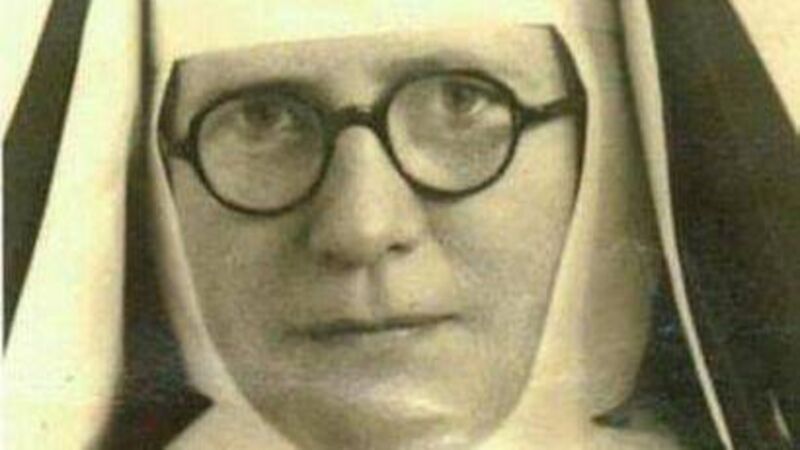
Katherine Anne McCarthy, a nursing sister from Cork who joined a resistance network to Nazi Germany. She ended her days as Mother Superior at the Honan Convent, Cork
Over the course of World War II, 50-plus Irish men and women risked their lives to resist Nazi occupation.
They were mostly ordinary people, from teachers and gardeners to housewives, priests and nuns, who found themselves in an extraordinary situation.
It’s noteworthy that more than half of the Irish people involved in resisting the Nazis were women. Often, their stories are unknown, or lesser-known, as is the case with most of the men.
They would have all concurred with the Irish writer and Nobel laureate, Samuel Beckett who on returning to France from a holiday in Ireland when the war broke out, famously said: “You simply couldn’t stand by with your arms folded.”
In a laudable effort to remember and celebrate the brave Irish people who refused to stand idly by while Adolf Hitler unleashed atrocities against Jews and other minorities, journalist and author, Clodagh Finn, and lawyer with an interest in the history of World War II, John Morgan, have written The Irish In The Resistance (published by Gill Books).
It is a well-researched tome that relates often poignant personal stories against the backdrop of war, demonstrating the courage and humanity of Irish people, uncovered by the authors. There were some courageous Cork people involved too.
Katherine Anne McCarthy, a nursing sister from Cork, joined one of the earliest and largest resistance networks, Musée de l’Homme, because she saw that wounded soldiers, once well, had to be ferried to safety.
It is estimated that she helped up to 200 soldiers before she was arrested in the summer of 1941.
The story of Sr Katherine’s torture, trial, death sentence (later commuted), and lengthy imprisonment in Ravensbruck provides a chilling reminder of what awaited resisters who were caught.
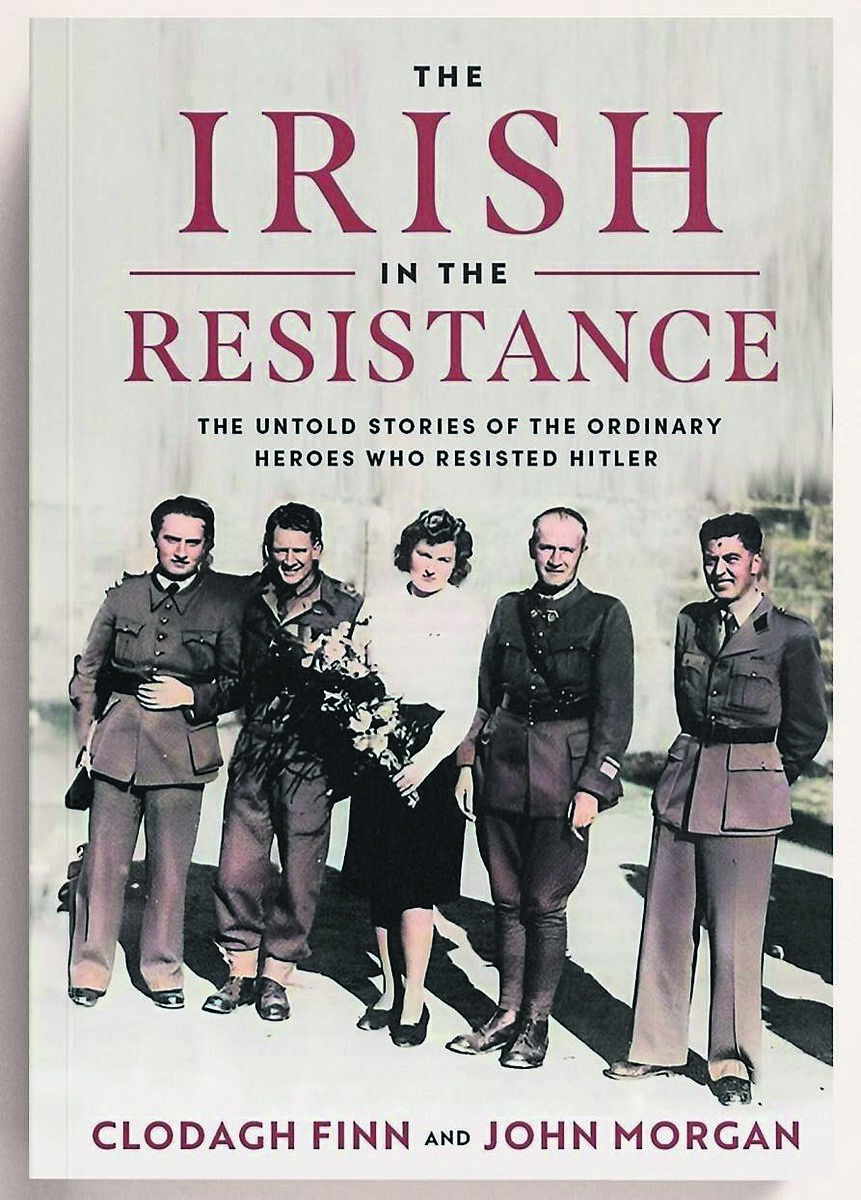
Her story is better known now, in part due to her adopted community in Bethune in France, who recently unveiled a monument to her.
Sr Katherine’s story is one of “extraordinary courage and resilience,” says Clodagh.
We know a little bit about it because there’s a surviving interview with her in which she details the ‘five very difficult interrogations with the Gestapo’ after her arrest in 1941.
Sr Katherine spent a year in solitary confinement and there was worse to come. She was held in several prisons and the last days of her captivity in Ravensbruck were particularly hellish as there was a constant threat of being sent to her death in the gas chamber.
She managed to avoid selection for the gas chambers at least four times by hiding, and, on one occasion, by climbing out of a window.
When she was released in 1945, she weighed little more than four stone after years of deprivation. But she went on to make a full recovery.
Sr Katherine later became Mother Superior at the Honan Convent in Cork. She died in 1971.
Clodagh says it was “a particular honour to discover more about Captain John Keany, born in the RIC barracks in Clonakilty, as he is little-known”. However, Capt Keany is celebrated in northern Italy.
“A man I know on X met the son of the woman who sheltered him while he was working in Italy over 20 years ago,” explained Clodagh.
This is part of the reason we wrote this book - to bring these stories back into the light and hopefully, add to the details we have. And even discover more.
On February 4, 1945, Capt Keany, with five other special agents, parachuted 100 miles behind enemy lines in occupied northern Italy. The six men had been parachuted into north-west Italy on a British special forces mission to help the Italian Resistance.
Codenamed ‘Operation Chariton’, they were ordered to make contact with the National Committee of Liberation and help them in their fight against the Germans, who had occupied northern Italy since 1943.
Capt Keany spoke Italian, a language he mastered during his posting as personal assistant to the governor in Eritrea in East Africa.
He joined the Royal Irish Fusiliers at the start of the war and spent three years in Africa, from 1941 to 1944.
In the years before the war, he spent time in Berlin and Paris, so he spoke French and German also. He had graduated with an honours degree in both languages from Exeter University in 1939.
A powerfully built man, ready for action, “he had no intention of letting Ireland’s neutrality stand between him and the thrills of battle,” his colleague William Pickering said of him later.
Capt Keany had been tragically affected by the Irish War of Independence. His father was shot dead in Cork in February, 2021.
Michael Keany (or Keeney as it was sometimes spelled) was an RIC district inspector in Clonakilty. A few months before his death, he had been promoted and was transferred to Tuckey Street in Cork city.
On February 12, Michael Keaney returned to his former home in the west Cork town to make arrangements to move his family to the city. As he was leaving a hotel with his eldest son, Edward (19) late on a Saturday evening, he was shot dead. Edward was also shot and seriously wounded, but he later recovered. John had not yet turned six.
Some time after her husband was murdered, Margaret Mulcahy and her family moved away from Cork, and later, Ireland. Capt Keany went to public school in London.
This is an important book. Clodagh says: “As we say in the book, they say you die twice. The first time when you stop breathing, and a second time when somebody says your name for the last time.
“We hope that the names of all the Irish people who joined the Resistance in World War II, will live on through the readers of The Irish In The Resistance. That is the very least we can do for them.”
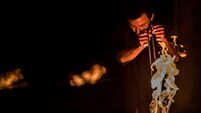
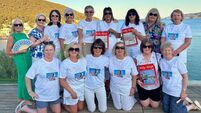
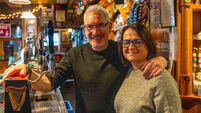
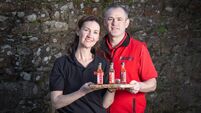
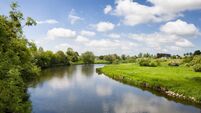


 App?
App?


